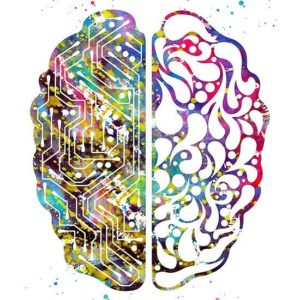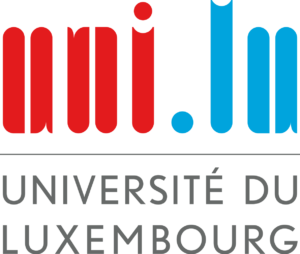Artificial intelligence (AI) is generally all about making computers and robots capable of doing things that only humans have done so far, it has already fueled many academic fields as well as industries. In the field of artistic creation, AI has demonstrated its great potential and gained popularity. AI art refers to art generated with the help of AI, AI generated art can range from AI paintings to music created by AI to poetry AI, etc. It is possible for an AI painting system to generate the desired content in the style of a specific famous painter. A large number of fans were attracted to the tunes composed by AI, others believed they came from masters of classical music.
From April 28 to June 2, each Wednesday AI Robolab will be offering the first of its kind Seminar on AI & Art, the seminar aims to bring forward cutting-edge technologies and most recent advances in the area of AI art, conducted by the leading experts crossing various fields such as machine learning, computer vision, art history, art conservation, and cultural heritage, this research interest group aims to explore how emerging AI techniques can shape the general area of art.
Each session will be presented by a speaker of notable specialists, who will deliver valuable insight through a 45 min talk followed by a 15 min open discussion with audience. The seminar is open to all and would particularly benefit: scientists who are eager to Art, artists seeking to explore the technology of AI to enhance their artwork, and individuals looking to gain a professional understanding of the domain.


